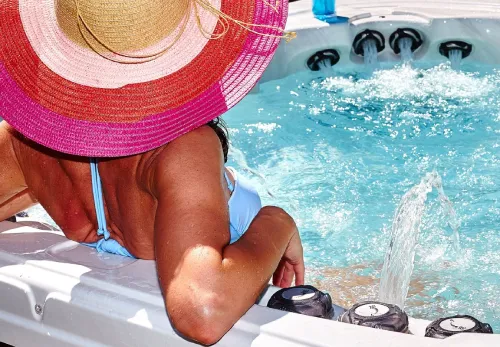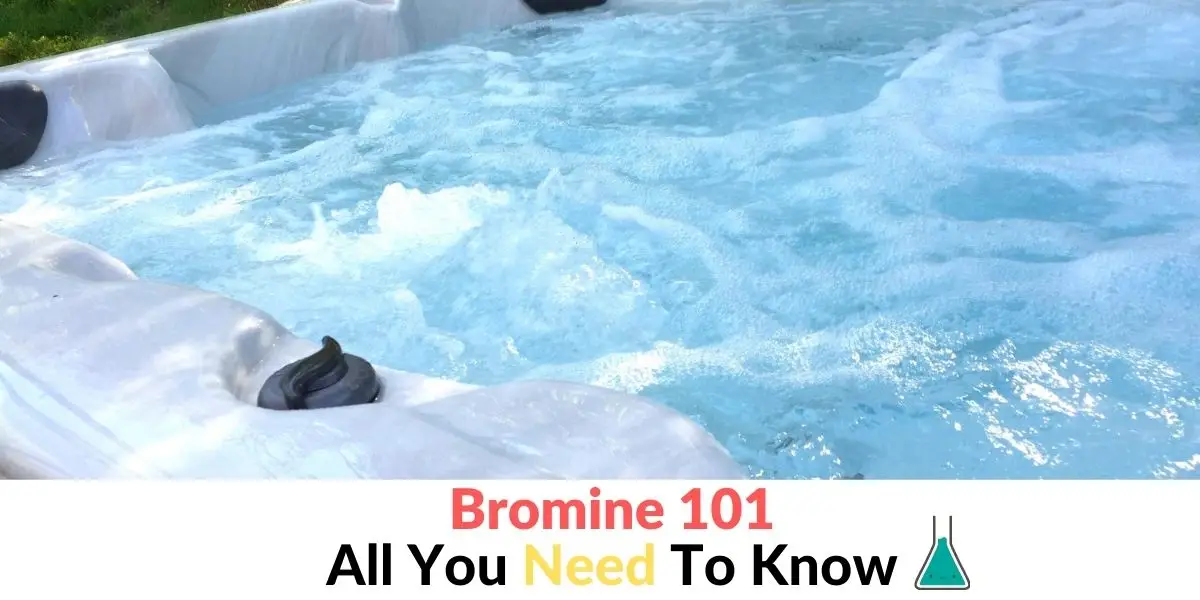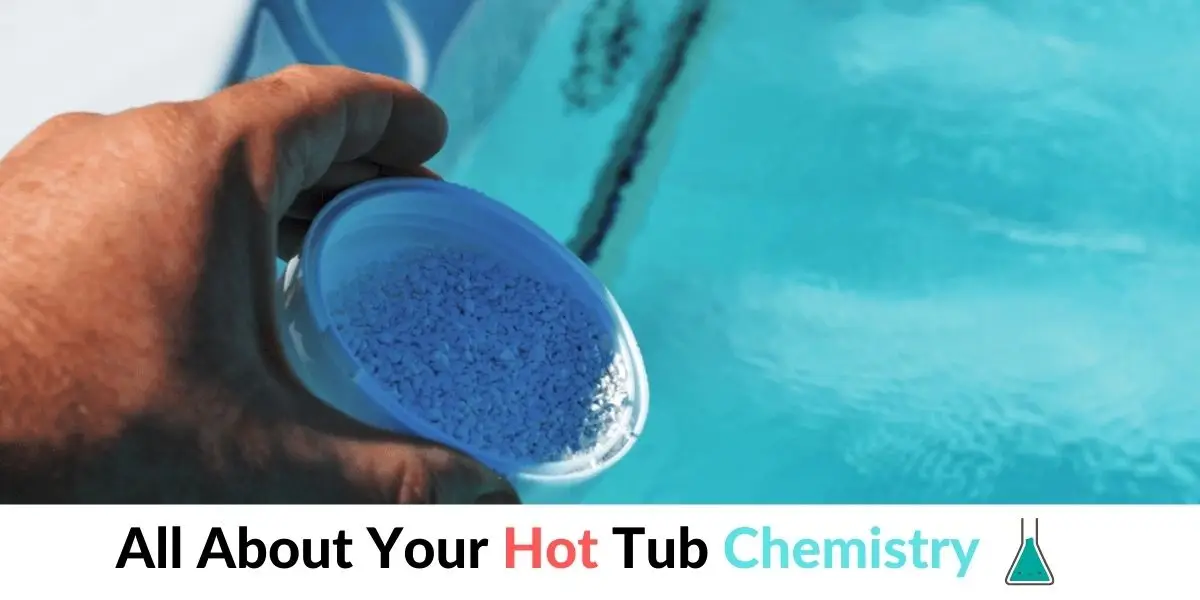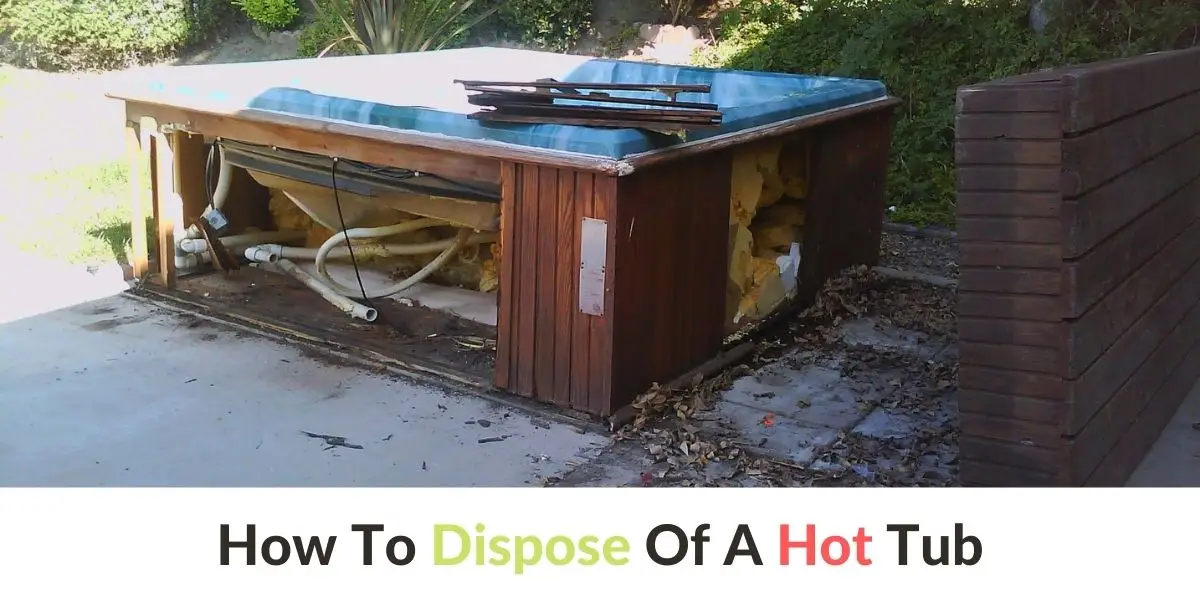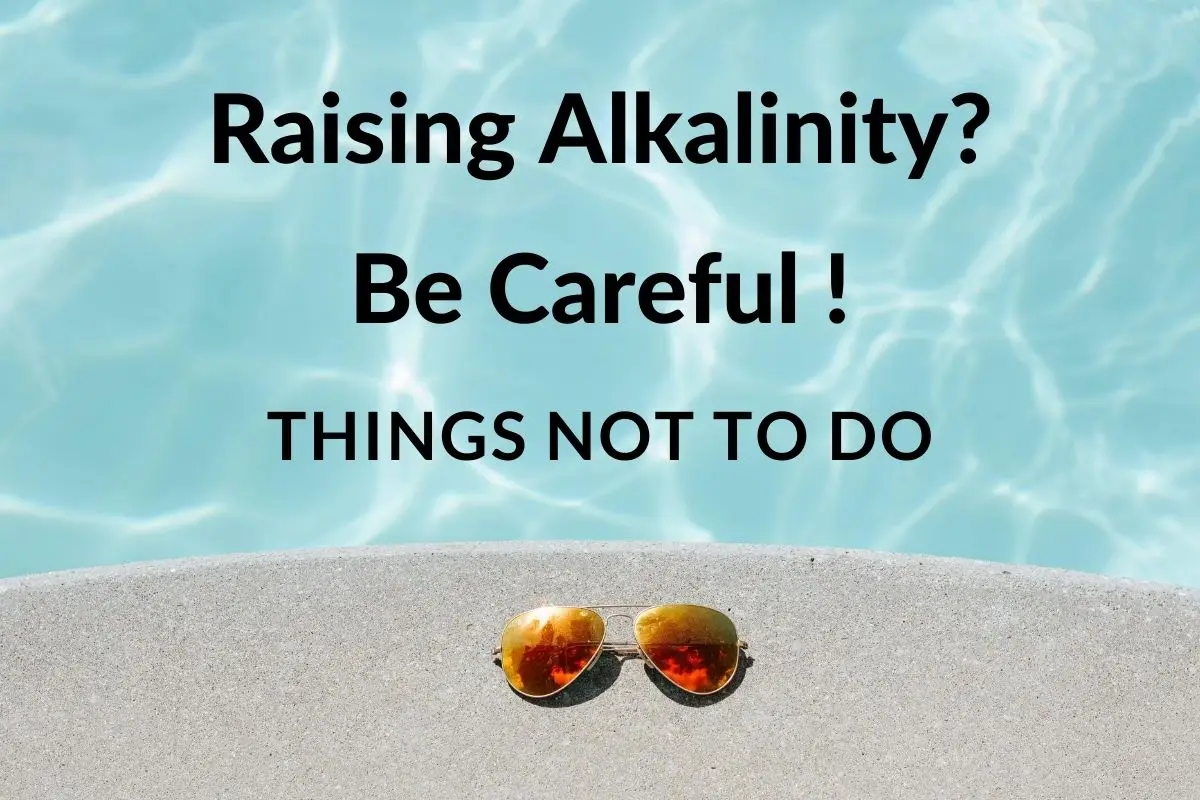Can a Hot Tub Pump Overheat? [Causes, Prevention]
Your hot tub pump can overheat if there’s a blockage caused by debris on the pipes or valves. The blockage could make your pump work extra hard to heat the water, making it extra hot.
The pump may also overheat if it’s situated in a tiny space where it doesn’t get enough cool air.
You’ll notice the water getting very hot despite maintaining temperatures at optimum levels. In extreme cases, the pump may also start smelling like a burnt substance.
Why is my Hot Tub Overheating?
There are several possible reasons why a hot tub might overheat:
- The thermostat is not working properly: If the thermostat is not functioning correctly, it may not be able to regulate the temperature of the water in the hot tub.
- The circulation pump is not working properly: The circulation pump is responsible for circulating the water in the hot tub and helping to maintain an even temperature. If the pump is not working properly, the water may not be circulating efficiently and the temperature may become too hot.
- The heater is not working properly: The heater is responsible for heating the water in the hot tub. If the heater is not working properly, it may not be able to maintain the desired temperature.
- The hot tub is in direct sunlight: If the hot tub is exposed to direct sunlight, the water may become too hot.
- There are too many people in the hot tub: If there are too many people in the hot tub, the water temperature may rise due to the heat generated by the bodies.
- The water is not being properly treated: Properly treating the water with chemicals such as chlorine or bromine can help to maintain a consistent temperature. If the water is not being properly treated, it may become too hot.
If you are experiencing problems with your hot tub overheating, you may need to have the thermostat, circulation pump, heater, or other components checked and possibly repaired or replaced. It is also important to properly treat the water and to use the hot tub in accordance with the manufacturer’s recommendations.
Can a Dirty Filter Cause a Hot Tub to Overheat?
A dirty filter can potentially contribute to a hot tub overheating. The filter is responsible for trapping dirt and debris in the water, which can help to maintain the water quality and prevent the heater from becoming clogged. If the filter becomes too dirty, it may not be able to effectively remove debris from the water, which can cause the heater to become clogged and potentially overheat.
In addition, if the filter is dirty, it may not be able to circulate the water effectively, which can cause the temperature of the water to become uneven. This can also lead to overheating of the hot tub.
It is important to regularly clean and maintain the filter in your hot tub to help ensure that it is functioning properly and to prevent overheating. Follow the manufacturer’s recommendations for cleaning and maintaining the filter in your hot tub. If you are experiencing problems with your hot tub overheating, you may want to check the filter to see if it needs to be cleaned or replaced.
How do I Keep my Hot Tub from Overheating in the Summer?
There are several steps you can take to help prevent your hot tub from overheating in the summer:
- Use a cover: Keep the hot tub covered when it is not in use to help prevent heat loss and maintain a consistent temperature.
- Use a shade: If the hot tub is in an area that is exposed to direct sunlight, you may want to consider installing a shade or umbrella to help block the sun’s rays.
- Use the hot tub in the early morning or late evening: Avoid using the hot tub during the hottest times of the day when the sun is strongest.
- Keep the water level balanced: Maintain the proper water level in the hot tub to help ensure that the heater is operating efficiently.
- Properly treat the water: Properly treat the water with chemicals such as chlorine or bromine to help maintain a consistent temperature and prevent overheating.
- Check and maintain the equipment: Regularly check and maintain the thermostat, circulation pump, and heater to ensure that they are functioning properly.
- Use the hot tub in accordance with the manufacturer’s recommendations: Follow the manufacturer’s recommendations for the maximum number of people and the maximum water temperature to help prevent overheating.
By following these steps, you can help to prevent your hot tub from overheating in the summer. If you are experiencing problems with your hot tub overheating, you may want to consult a hot tub dealer or a professional hot tub technician for assistance.
What Happens if the Pool Pump Overheats?
A pool pump is run through a motor. Under normal circumstances, any electric motor tends to run hot during operation. If you suspect your pool pump is running too hot, then it’s worth checking with an expert because it could also escalate your energy bills.
Other than increased energy bills, the pump may get damaged, and you’d have to buy a new one altogether.
How do I Know if my Hot Tub Pump is Bad?
A hot tub pump works hard to maintain clean and hot water in the spa. There are several ways you may know if your hot tub pump is bad.
Hot Tub Pump is Leaking
- The pump is producing a humming sound
- The pump is running, but the water isn’t heating
- Spa pump is on but not working
If you notice any of these issues, your pump may be bad. Some problems can be fixed at home while others you may have to involve a technician.
The Most Common Cause Of Overheating Hot Tubs
Here are some of the issues that may cause the pool pump to overheat.
- Lack of airflow
Pool pumps emit hot air when in operation. Then, the pump draws in cool air from the surrounding to help it remain cool. When you buy a new pool pump, avoid placing it in a tiny enclosure. Otherwise, you may reduce the lifespan of your pump, which is about seven years.
Usually, a very small space implies that your pump won’t have enough cool air to prevent it from overheating.
- Friction
Just like any moving part, friction is bound to occur in different parts of your pool pump. Too much friction generates heat which may lead to overheating. Greasing the bearings can help reduce heat generated from friction.
- Resistance to flow (head)
An increase in the resistance to flow, also known as the head, leads to increased energy required to flow water through the system. More energy is lost in such a situation, and consequently, more heat generated, causing your pump to overheat.
The solution to flow resistance is finding the correct size of the pump to match the filters. You cannot have a considerable pump say a three horsepower one for a tiny pool. The flow would cause restriction on the filters as they aren’t a perfect fit.
How Can I Reduce The Heat In A Hot Tub?
A hot tub is designed such that it can retain most heat to save on energy bills. You may notice some temperature rise in your hot tub during warmer weather, but you need not worry about it. Temperature creeps happen because the excess heat in your hot tub has no way of escaping. Here are some ways you can lower the temperatures in the hot tub.
- Control panel
You can manually reduce the temperature to about 85 degrees Fahrenheit whenever it’s too hot to bear.
Another trick you can use on your control panel is changing the operating mode from standard to sleeping/economy mode depending on your spa model.
- Erect a shade
Another effective way to lower temperatures in the hot tub is placing a shade above it. If you cannot move the spa to a place with shade, you can have an umbrella or roofing over the hot tub.
- Open the air vents
Hot tubs have air vents that can close or open depending on the weather. Opening these vents can help in releasing the excess heat in the hot tub during summer.
- Use hot tub chillers
If it’s super hot where you live, then you can try using some hot tub chillers. Albeit being expensive, chillers are effective at lowering temperatures in a hot tub.
How To Troubleshoot A Spa Pump?
Here are some of the ways to troubleshoot a spa pump.
- Spa pump not pumping
The leading cause of having a hot tub pump on but it doesn’t pump is trapped air. You can remove any trapped air quickly. You only need to fit drain plugs. Slowly open the drain plugs after which you should hear a hissing sound as air escapes.
The other reason why your pump could not be pumping is an inadequate water level. If the water level is low, the skimmer may suck in air, causing a blockage. The solution to this problem is filling the hot tub with water until it reaches the middle of the skimmer opening.
Lastly, your spa pump may fail if there is a blockage. Check to ensure there is nothing stuck on the lines, inside the skimmer, or the drain pipes.
- Dead hot tub circulation pump
If the pump doesn’t function at all, first check to confirm that power is switched on. Also, look at the circuit breakers to ensure they aren’t tripped. If this checks out all good, then you need to inspect the problem further.
The other cause of a dead pump is an error on the control panel. The most common errors are FLO and OH errors. Correct them accordingly. You can use the user manual to check on the procedure to reset the control panel.
- Pump making noise
The spa pump may make humming noises if there is air trapped inside. Air is likely to get trapped in the circulation pump while draining the hot tub. To release the air, slowly loosen the union being careful so that the o-ring doesn’t pop out of place.
As the air escapes, you’ll hear a hissing sound. Finally, tighten the union before water starts escaping.
- Spa pump only high speed
If you notice that the pump only works at high speed, you need to confirm the low and high-speed terminals’ power supply. Depending on the model of hot tub you have, power should be either 110V or 220V.
If the power supply seems fine, then you can try rotating the timer slightly. After turning the timer clock, switch the thermostat to high, which should solve the problem.
- Spa pump only works on low speed
If your spa pump seems to only work under low speed, check that the high-speed switch at the motor’s back is switched on. Also, confirm that the wires and terminals connected to the pump aren’t corroded or rusty.
Can you Overheat in a Hot Tub?
Yes, you can overheat in a hot tub if the water is beyond the optimum temperatures your body can hold. Temperatures above 104 degrees Fahrenheit can give you hot tub hypothermia.
Hot tub hypothermia takes place in several stages. It starts as heat fatigue, then becomes heat exhaustion, and finally heat stroke.
While you’re in the hot tub, you may not notice the temperatures increasing. However, you may start feeling light-headed, dizzy, fainting, and finally passing out.


